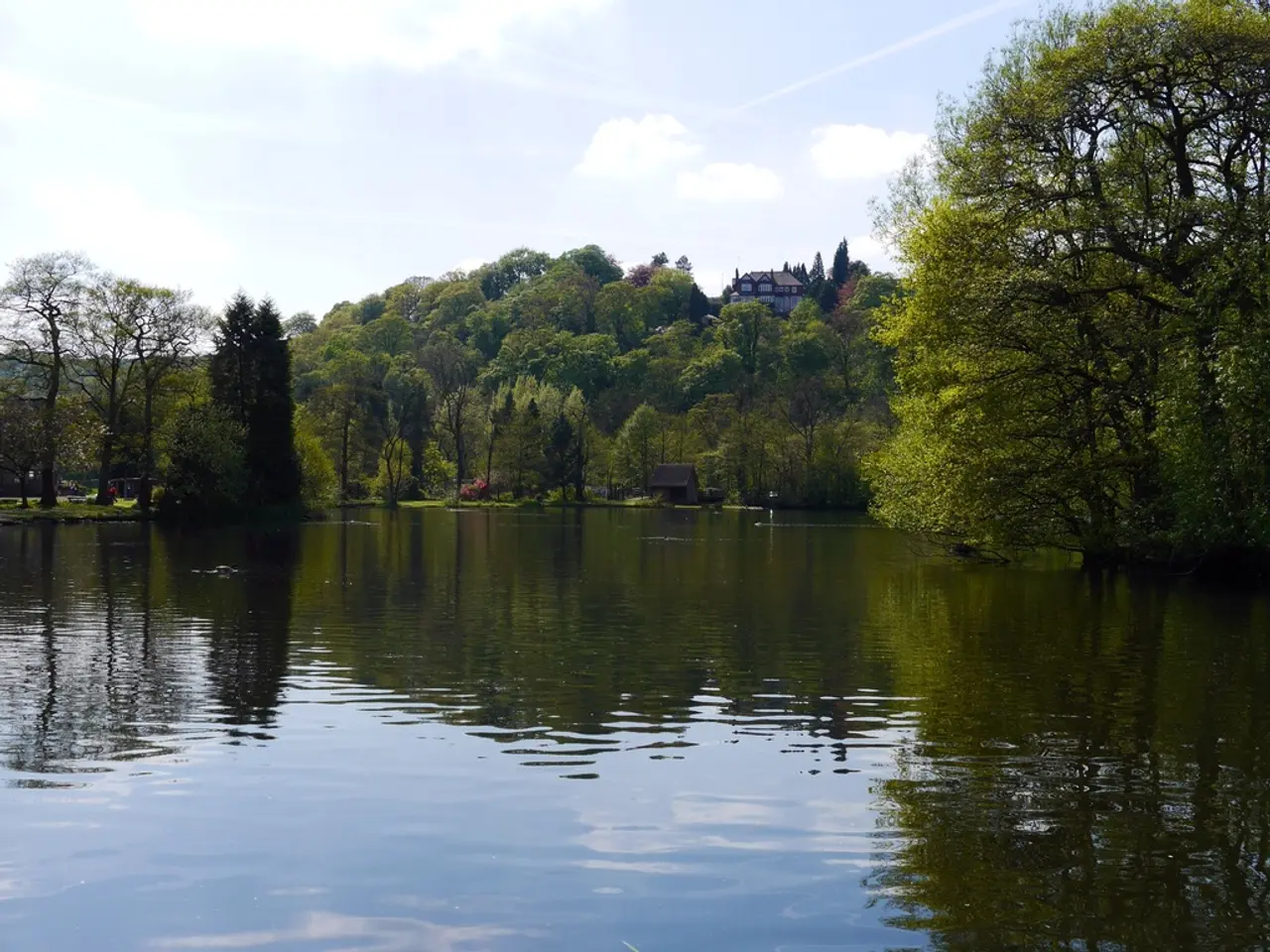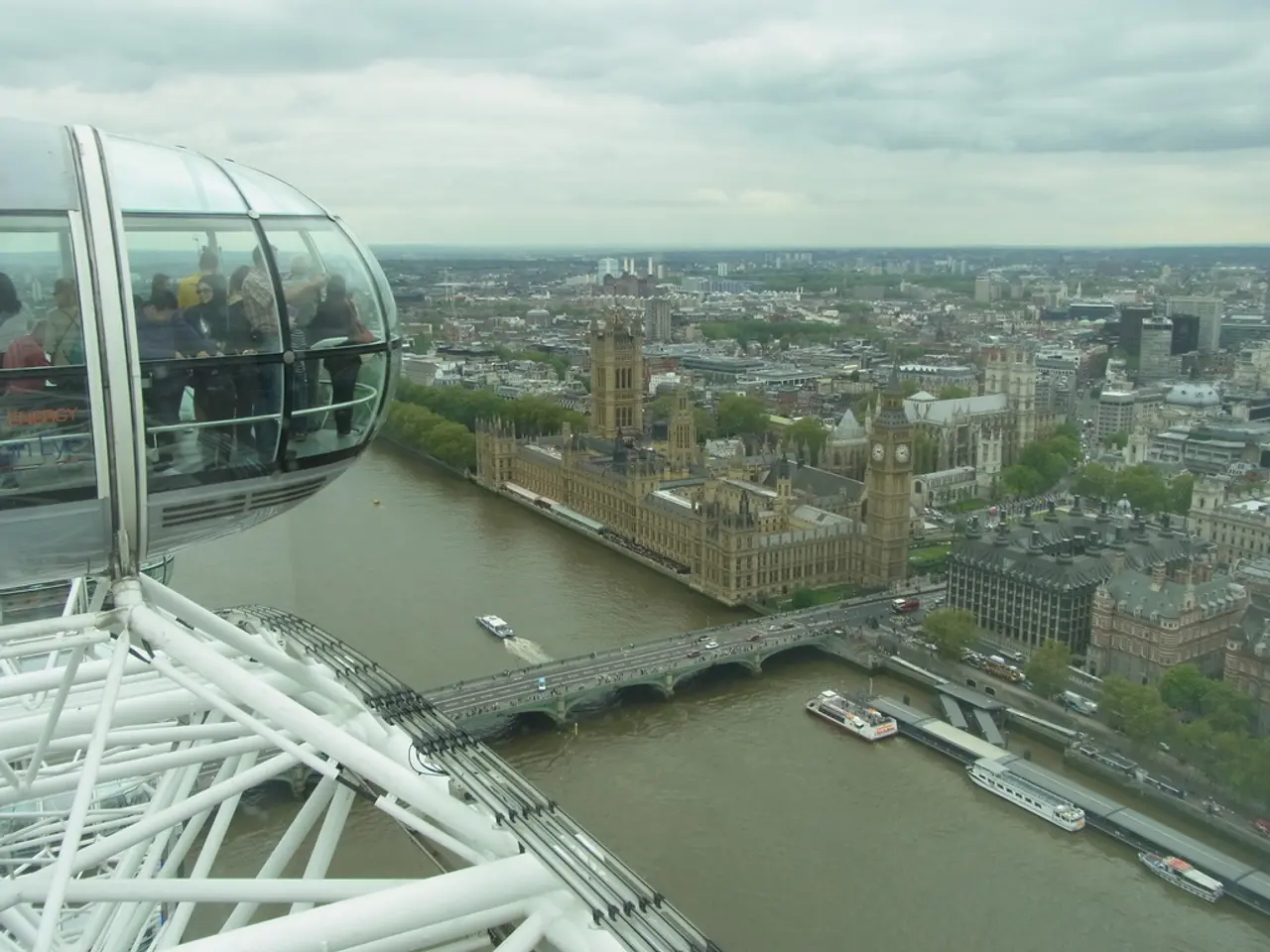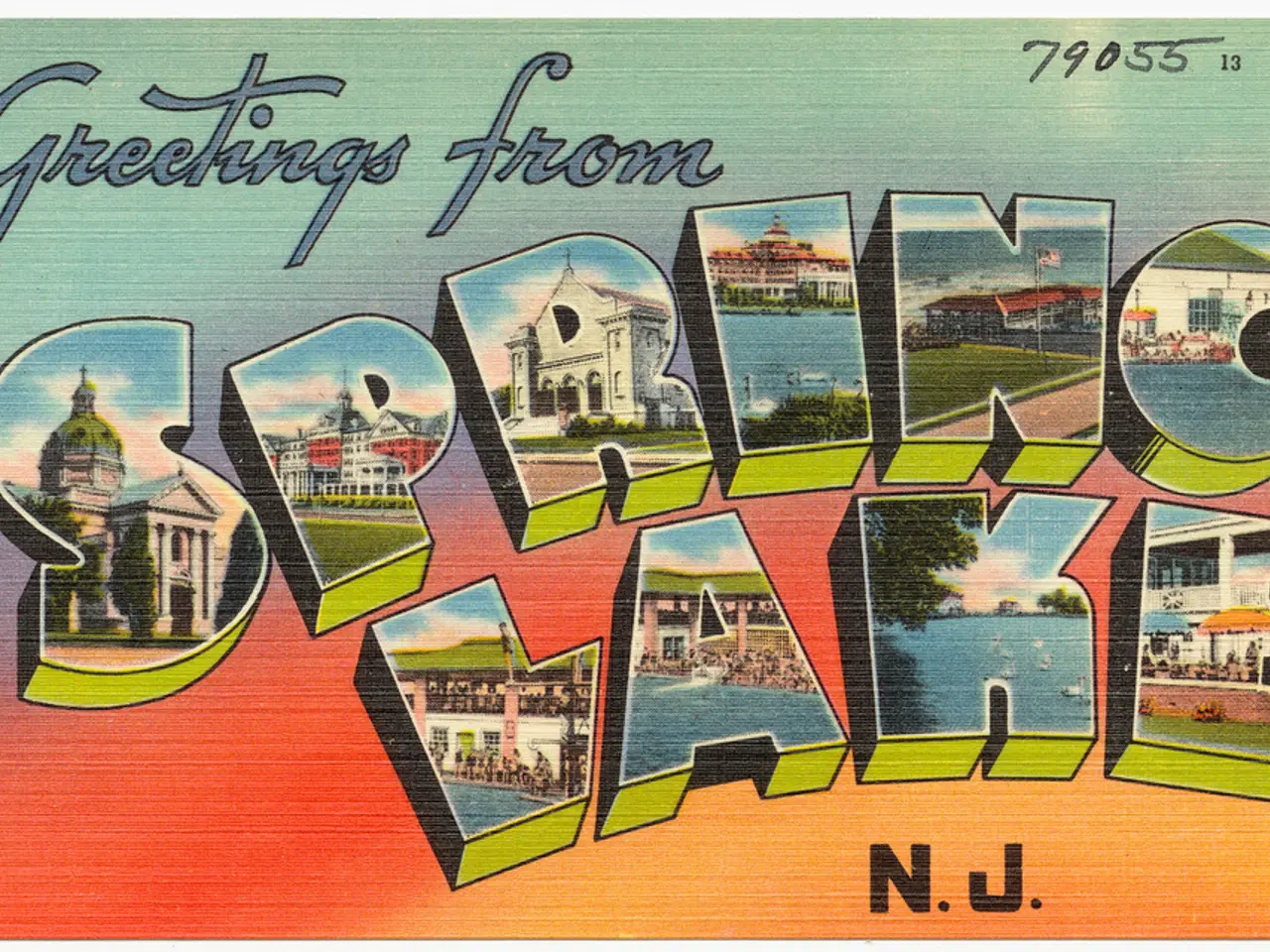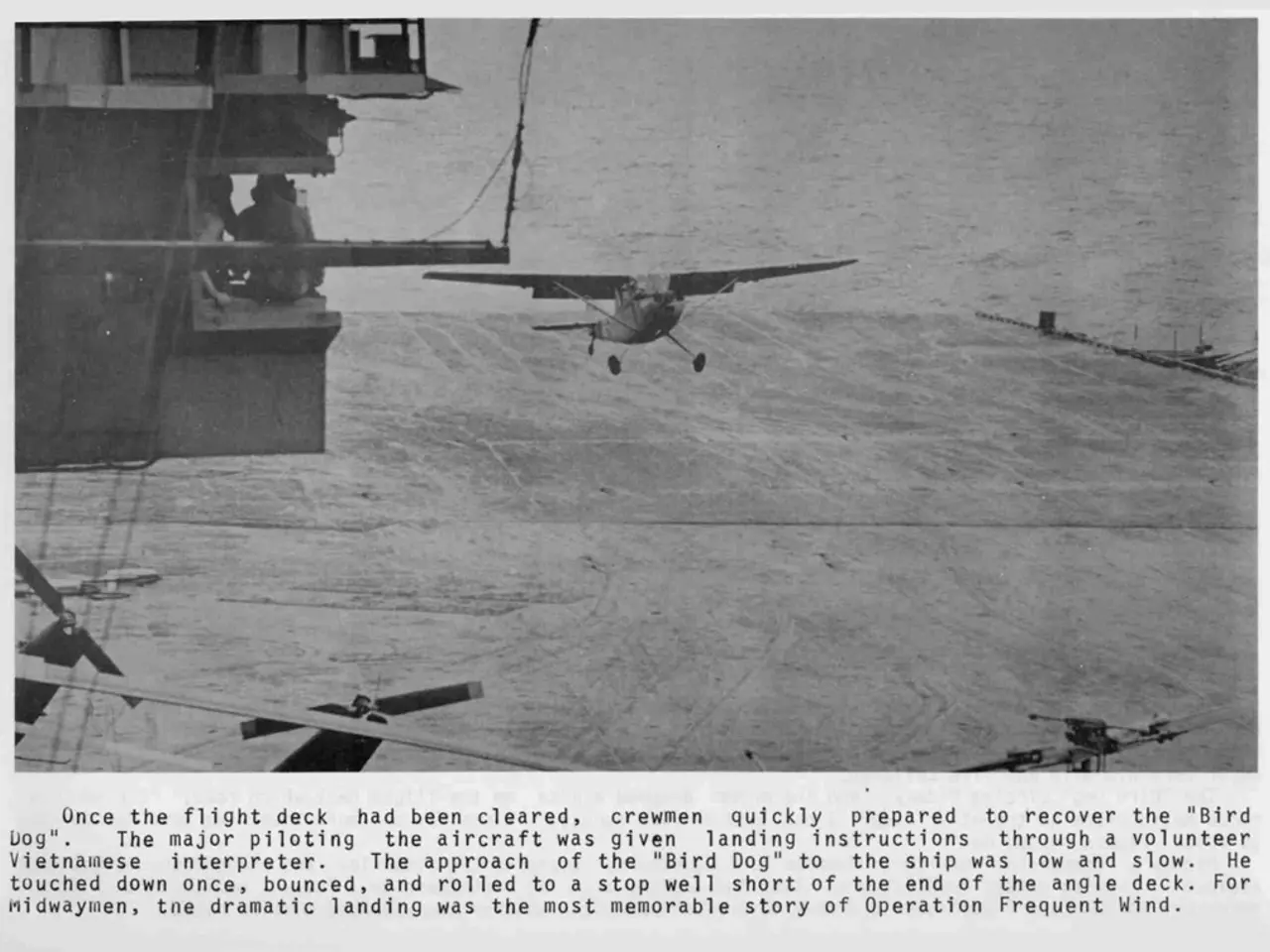Lake Zerendi now extends beyond its usual bounds; the mayor provides an explanation of the current situation.
In the Akmola region of Kazakhstan, the Zerendy district is currently grappling with a flooding crisis caused by the overflow of Zerendy Lake. The district's akim, Aset Kurmanbayev, has declared a state of emergency and increased the emergency fund by 50 million tenge.
The lake, a closed system with no rivers flowing into it, has seen its water level steadily rising over the past few years. This increase is attributed to rising groundwater and melting snow. As a result, two homes in the village are in critical condition, and one family has already been relocated to temporary housing. A video shows residents describing Zerendy Lake as turning into a swamp.
To address this crisis, the akimat has begun work on protective measures, with the goal of separating the village from the lake to ensure safety. This includes the creation of a protective strip and conducting drainage and improvement work in that area. However, unfortunately, the land beyond the red line is under the national park's balance, and work there is not allowed according to current legislation.
Emergency response and evacuation efforts are underway. Authorities have evacuated residents from the most vulnerable low-lying areas around Zerendy Lake to ensure their safety. Temporary shelters and relief centers have been established to accommodate displaced families, providing food, water, and medical aid. Rescue teams, including firefighters, police, and medical personnel, are on-site to assist affected residents and manage the situation.
In addition to emergency response, floodwater management and mitigation measures are being implemented. Continuous monitoring of water levels in Zerendy Lake and surrounding water bodies is being carried out to anticipate further flooding risks. Deployment of pumps and enhancement of drainage channels are being used to divert excess water away from populated areas. Reinforcement and repair of lake embankments and flood barriers are also being carried out to prevent further overflow.
Infrastructure and environmental measures are also being taken to address the crisis. Critical infrastructure such as roads, bridges, and utilities vulnerable to flood damage are being evaluated and reinforced. Long-term water management plans, including potential dredging or controlled water release mechanisms in Zerendy Lake, are being planned. Environmental impact assessments are being conducted to guide restoration and future prevention efforts.
The regional authorities of Akmola are coordinating with national agencies for resources, expertise, and financial aid. Community awareness campaigns are being implemented to inform residents about safety protocols, flood risks, and ongoing relief operations. Financial assistance is being provided to affected families and farmers.
Aset Kurmanbayev, the district akim, commented on the flooding situation at a press briefing in Kokshetau. He explained that the rising water level is due to a combination of rising groundwater and melting snow. He emphasised that the work being done is within the territory assigned to the district, but regretted that work beyond the red line is not allowed due to the national park's balance.
These combined efforts aim to minimise immediate risks, protect lives and property, and establish sustainable measures to prevent recurrence of such flooding due to Zerendy Lake overflow. For the most up-to-date and detailed information, monitoring official announcements from Akmola regional authorities and the Emergency Situations Ministry is recommended.
The science behind the flooding crisis in Zerendy district, Akmola region, is linked to the increase in Zerendy Lake's water level due to rising groundwater and melting snow, which can be attributed to changes in the environmental-science conditions. To mitigate the impacts of this crisis, various floodwater management and mitigation measures are being implemented, including continuous monitoring of the lake's water level, the deployment of pumps, and the enhancement of drainage channels. Additionally, infrastructure and environmental measures are being taken to address the crisis, such as evaluating and reinforcing critical infrastructure, planning long-term water management plans, and conducting environmental impact assessments.








